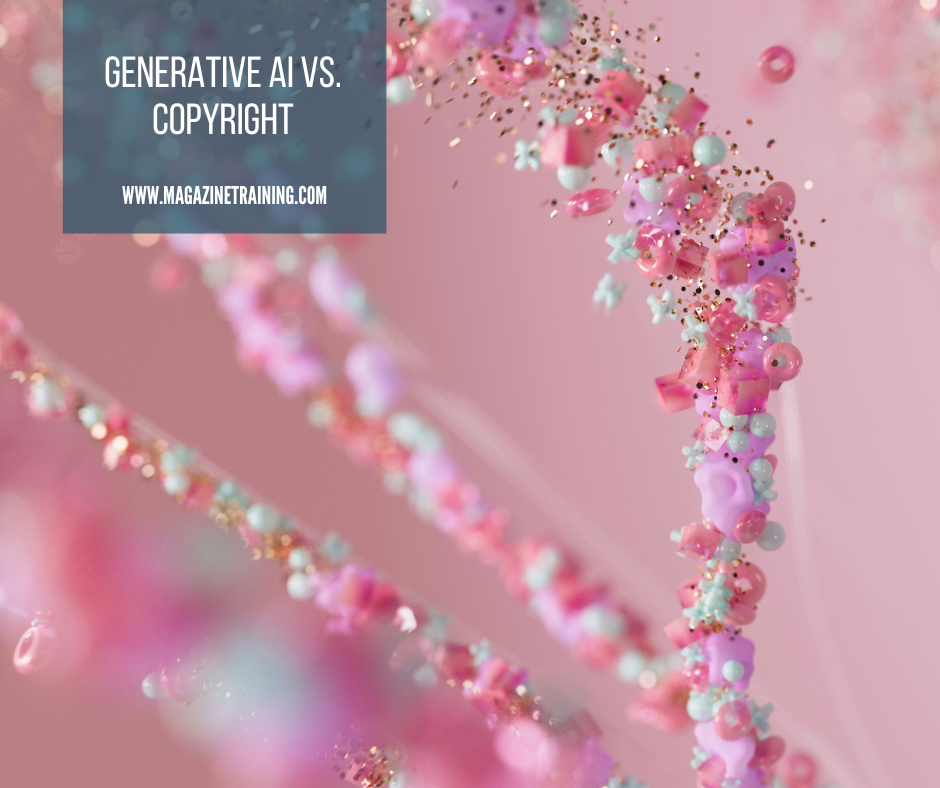
The balance between copyright and free speech is being challenged by generative AI (GAI), a powerful and enigmatic tool that mimics human responses to prompts entered into an internet search box. The purpose of copyright law, according to the U.S. Constitution, is “to promote the Progress of Science and useful Arts, by securing to Authors and Inventors the exclusive Right to their exclusive writings.” The problem is that GAI’s ability to incentivize progress and innovation threatens the entertainment industry’s dependence on copyright to protect creative works.
Copyright law strikes a balance between those who create content and the public’s interest in having wide access to that content. It does this via granting authors a limited monopoly over the dissemination of original works by giving them the exclusive right to reproduce, distribute, and create derivative works based on copyrighted material. However, the concept of exclusive rights doesn’t really apply to artificially intelligent robots and computers scraping ideas and facts from public websites.
Because copyright does not protect ideas, facts, procedures, concepts, principles, or discoveries described or embodied in works, copying alone doesn’t constitute copyright infringement. To prove copyright infringement, one must prove that the defendant had access to the copyrighted work and that the defendant’s work is substantially similar to protected aspects of the first work.
For AI output to infringe upon a book, it must have taken a substantial amount of copyrightable expression from the author’s work. When it comes to text, GAI is an artful plagiarist. It knows how to dance around copyright. The predictive model emulates, it doesn’t copy. Insofar as text generated in response to a prompt is not substantially similar—a legal term of art—to the data it is scraping, it is not an infringement. In other words, don’t overestimate the value of litigation.
The fair-use doctrine is another limitation on the exclusive rights of authors. Its purpose is to avoid the rigid application of copyright law in ways that might otherwise stifle the growth of art and science. Fair use is highly fact specific. Which is another way of saying it’s a murky and contentious area of the law.
by Lloyd J. Jassin, Publishers Weekly
Photo by Google DeepMind on Unsplash
Related posts
Magazine Training International’s mission is to encourage, strengthen, and provide training and resources to Christian magazine publishers as they seek to build the church and reach their societies for Christ.

